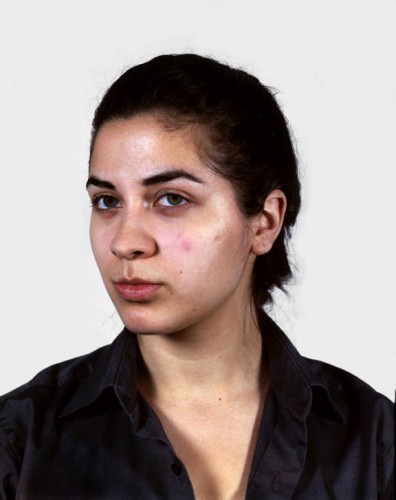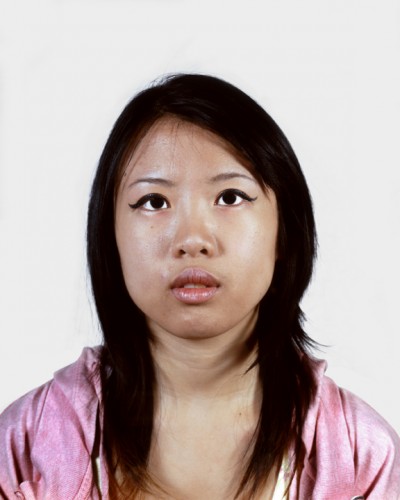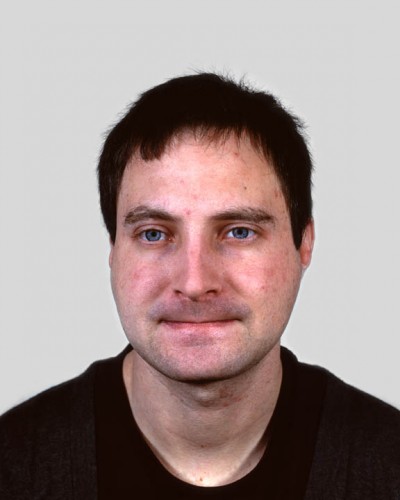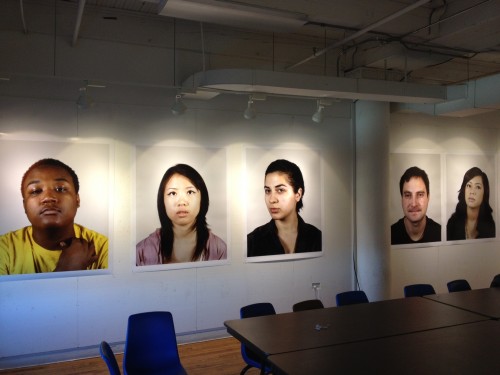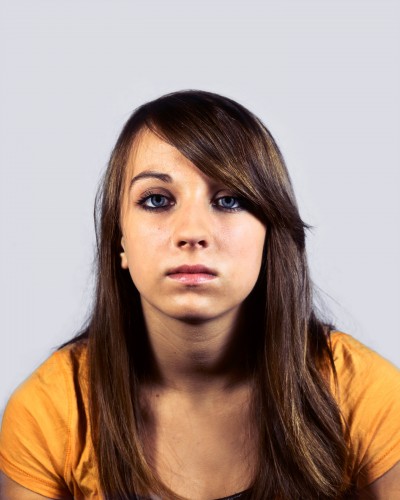Side Projects
As I have mentioned in previous posts, the way I like to work has some downsides to it. Part of the problem with working like I do in a grad program is being expected to have a decent amount of work to show every couple of weeks. The images that I have been making usually take a few weeks to plan. Sometimes the images don’t work, or the models fall through– you never know what will go wrong. But I have to have something to show.
A few weeks ago, it was suggested to me that I don’t only have to work on one project at a time, so I decided to come up with something else that I could be working on in tandem. I had long been thinking about the relationship between photographer and subject. It had come up in a discussion about how to get a sitter to feel more natural in front of a camera. The problem is that the camera is still there, and the sitter is still aware of it. The other problem with the photographer-sitter relationship is that it is a very controlling one, with the photographer being in control of how the sitter looks and the sitter having to trust the photographer to capture them correctly.
A while back I had made an image with a model in it. She had kept asking what she looked like (because she couldn’t see herself). Our solution was to move a mirror next to me so that she could see herself while we shot. I watched her looking at and adjusting herself in the mirror, and it was insanely interesting.
I was trying to figure out how to get that kind of interaction and to be able to capture it. It finally dawned on me that I could use a two-way mirror and shoot through it. So where do I find that? Well, I called around, searched online, and finally found a 24″ square, two-way mirror and ordered it. Then I put an ad out on Craigslist for people to come and sit. I had all these ideas about talking to the sitters and having them do things– like portray certain feelings and things like that– but pretty quickly I noticed how the sitters would zone out after a little bit of not talking and not shooting.
So I started to be more rigorous with how I was shooting them. I upped the amount of time they were to sit for to 60 minutes. And I decided that there would be no interaction between the two of us. Just them sitting in front of the mirror and me behind it. I decided I was going to defeat the time honored traditions of the photographer-sitter and make the sitter responsible for how they looked.
This project, yet to be titled, has begun to interest me as well. This has created a (good) problem for me. I have two projects that are both interesting. And it has encouraged me to think about having even more projects going at once.
Here is the statement I am using about the work:
Ever since the first formal portrait was photographically captured, there has existed a relationship between photographer and sitter. The sitter is aware of the photographer in front of them and the camera focused upon them. However, they cannot see the image that is being made, only the lens is visible. The sitter relies on–and must trust–the photographer to present them in a favorable light. This work removes that onus from the photographer and places the responsibility of representation in the hands of the sitter.
This work seeks to sever and destroy the cooperative relationship between photographer and sitter. Instead, photographer and sitter are pitted against each other in a battle of wills–the sitter struggling to maintain their composure and the photographer waiting for that composure to break, for the sitter to drift momentarily and forget the lens that is focused upon them.
Instead of being faced by the photographer with camera in-tow, the sitter faces themselves in a mirror. However, the mirror is two-way, and a camera sits on the other side, just inches from their face. The sitter knows the camera is there, they know the photographer is there, but because they are faced with their own image they are not constantly reminded the camera exists. The sitter sits in silence for an hour, with no direction from or interaction with the photographer. The photographer sits quietly, watching from under a dark cloth on the opposing side of the mirror.
The sitter can see their own representation, but the length of time between photographs is too long for the sitter to maintain that representation and they eventually drift. Their minds leave their bodies, their eyes become vacant and unfocused, and their carefully crafted representation begins to falter. It is in this moment that the photograph is taken. In the moment the sitter forgets their representation and even the fact they are being watched. The shutter releases and strobe lights pop and flash, snatching the sitter back to reality. The sitter recovers their composure and the battle begins anew.

